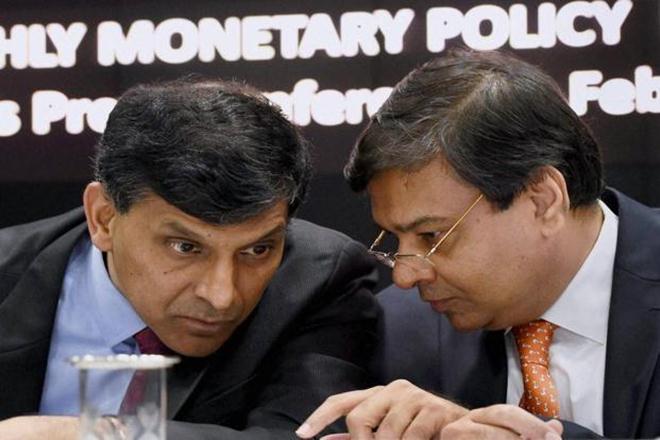[splco_heading size=”15″ align=”left” margin=”30″]The government on Friday steeply revised its 2020-21 borrowing programme by 53.85 per cent to Rs 12 trillion from Rs 7.8 trillion estimated earlier, indicating that the Centre was giving shape to an imminent and sizeable fiscal package to address the Covid-19-related slowdown.[/splco_heading]
[splco_spacer size=”30″]
“The above revision in borrowings has been necessitated on account of the Covid-19 pandemic,” the Reserve Bank of India (RBI) said in a statement on its website.
Between May 11 and September 30, the government will borrow Rs 6 trillion from the market.
A second official admitted that the increased borrowing means the 2020-21 fiscal deficit target of 3.5 per cent of gross domestic product (GDP) no longer holds, since borrowing is one of the means of financing the deficit.
A quick calculation shows that, provided all other parameters remain the same, the fiscal deficit will expand to around 5.3 per cent of GDP this year. However, the other assumptions made in the Budget, like a 10 per cent nominal growth in GDP, will clearly not be realised because of the pandemic.
[splco_quote]The original plan, as announced on March 31, was that the borrowing in the first half (between April and September) would be Rs 4.88 trillion, of which the government has already borrowed Rs 98,000 crore from the markets. [/splco_quote]
[splco_spacer size=”30″]
Officials confirmed that the discussions between the finance ministry and the central bank on increasing the borrowing target took place in the past 7-8 days, after the new economic affairs secretary, Tarun Bajaj, took charge.
There were extensive deliberations on whether the increase should be announced now or in September, along with the borrowing calendar for October-March.
“The fiscal deficit will expand, but we can’t put a number on it, since the situation is quite dynamic,” the second official said. The revised calendar showed that there would be Rs 1.2 trillion of borrowing every month.









